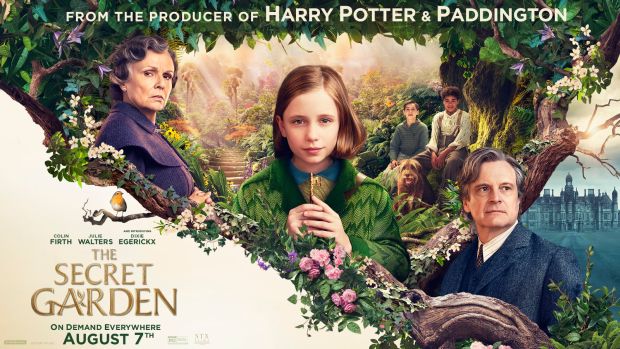The Way I See It
Posted on September 18, 2020 at 11:01 am
B +| Lowest Recommended Age: | Middle School |
| Profanity: | None |
| Alcohol/ Drugs: | None |
| Violence/ Scariness: | Historical events, including military action and school and church shootings |
| Diversity Issues: | A theme of the movie |
| Date Released to Theaters: | September 18, 2020 |

Pete Souza tells us he served as White House photographer to the most iconic Republican President, Ronald Reagan, and the most iconic Democratic President, Barack Obama, and that his inspiration was the work of his predecessors, including Cecil William Stoughton, John F. Kennedy’s photographer, and Yoichi Okamoto, who was Lyndon Johnson’s photographer. We see how revealing the photographs are, not just the images themselves but the way they reflect the Presidents, their personal style, their sense of history, their era, and what today we might call their brand. Presidents Reagan and Obama might both be iconic, but their approach to the photographs was very different. Reagan, coming from Hollywood, was acutely aware of image and messaging. In behind-the-scenes archival footage we see him with Nancy, coming up with what he thinks will be an appealing pose.
Obama, on the other hand, was more interested in an authentic portrait to bring Americans into his life. The one time he wanted to make sure a moment was captured for posterity was a very personal one; a successful block in a one-on-one basketball game with Reggie Love, his body man and friend, who was bigger and more experienced but not as competitive. Obama not only wanted a “jumbo” (the constantly updated photos selected for display through the White House); he wanted a signed admission from Love.
Souza did not think of himself as political, especially during his first stint at the White House. But after President Trump took office, Souza began responding to his most provocative tweets via Instagram posts from his archive of Obama images. He thus learned for the first time the term “throwing shade,” an understated but devastating counterpoint. His pictures took on a whole new meaning, leading to a book called Shade: A Tale of Two Presidents. A telling example is the well-known image of Obama and his advisors, including Hillary Clinton, in the situation room during the raid on Bin Laden’s hideout. The are all looking intently and with their full attention at the screen so they will not miss a second. The image Trump released from his situation room is posed, with him and his advisors facing the camera.
We hear from Obama-era advisors and historian Doris Kearns Goodwin but this is really Souza’s story, especially when we get to Obama’s pushing him to propose to his long-time girlfriend. “He wants everyone to be married,” Souza says, clearly reflecting on the warmth of the Obamas’ own relationship. Finally, the President made Souza an offer he could not refuse: a wedding in the Rose Garden, with Obama himself as an officiant. He does not say so, but he’s probably wishing he could have been the photographer as well as the groom.
This is a moving story of what it is like to be in the room where it happens, and to share that with the people who entrust the President with our lives and our freedom.
Parents should know that this film includes depiction of real-life tragedies, including school shootings and military actions.
Family discussion: What do we learn about each President’s personality and priorities in the photographs of the White House photographer? Did this movie change your mind about any of the Presidents it covered?
If you like this, try: Souza’s books









